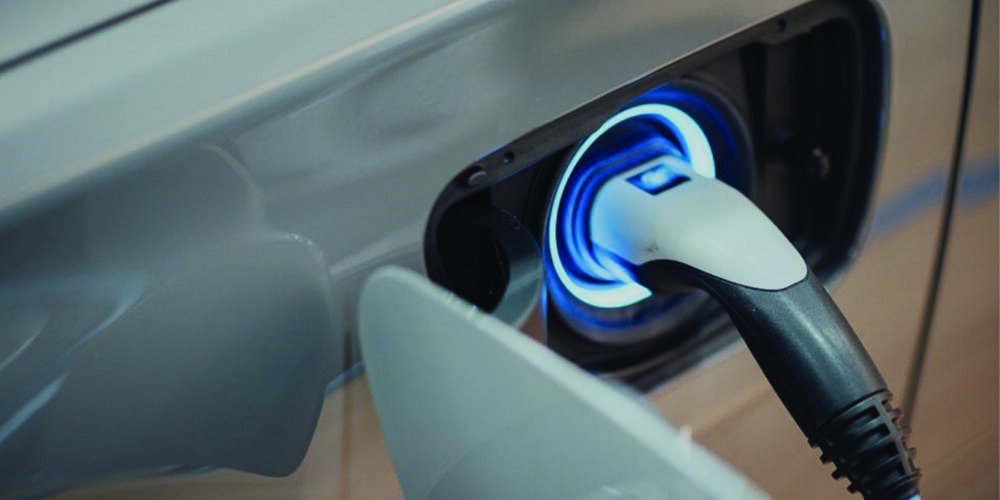Some of you call your local new car dealership a competitor, some of you call them the place to recruit your next technician, while others call them a parts source. The latest information from the National Automobile Dealers Association’s “NADA DATA 2007” research report shows the average dealership made about $140,000 net profit from used vehicle sales, $375,000 net profit from service and parts, and lost money in the new vehicle sales department.
A closer look at the report reveals the following:
Your collective parts purchases from new car dealers (their wholesale parts sales) is on the decline from a high of $13.9 billion in 2003, to $13.44 in 2004, to $13.14 in 2005, to $12.22 in 2006.
The new car dealers’ mechanical service business had gone from a total of $30.05 billion in 2003, to $29.92 in 2004, to $30.19 in 2005 and down to $28.73 in 2006.
The total number of repair orders written has gone from 249 million orders in 2003, to 253 million in 2004, to 264 million in 2005 and down to 261 million in 2006.
The total number of new car dealerships has declined every year since 1987, and now stands at 21,200 outlets.
Taking the decline in the number of dealerships into consideration, wholesale sales, mechanical service and repair orders per dealership still show a downward trend.
Here are some theories that might help explain these numbers:
The form, fit, function and quality of “aftermarket” parts has improved, thus reducing the number of calls to the dealer.
Part cataloging and category management have improved and you are now able to find parts for those late-model vehicles from your aftermarket supplier.
Car dealerships would rather sell new and used cars over wholesale parts.
The declining number of dealerships makes it less convenient for the consumer to drive his/her car to the dealer for service.
At the end of the day, the battleground for the lucrative service work remains among the vehicles that are five years old or older. In total, dealerships sell roughly 12 million used cars every year. They make a lot more money on this sale and will work harder than ever to make your loyal customers become their loyal customers. When you hear your customers decline needed service because they are going to sell the car, it is time to turn up the charm and cement the relationship with your shop so you get the service work on their “new” car.













